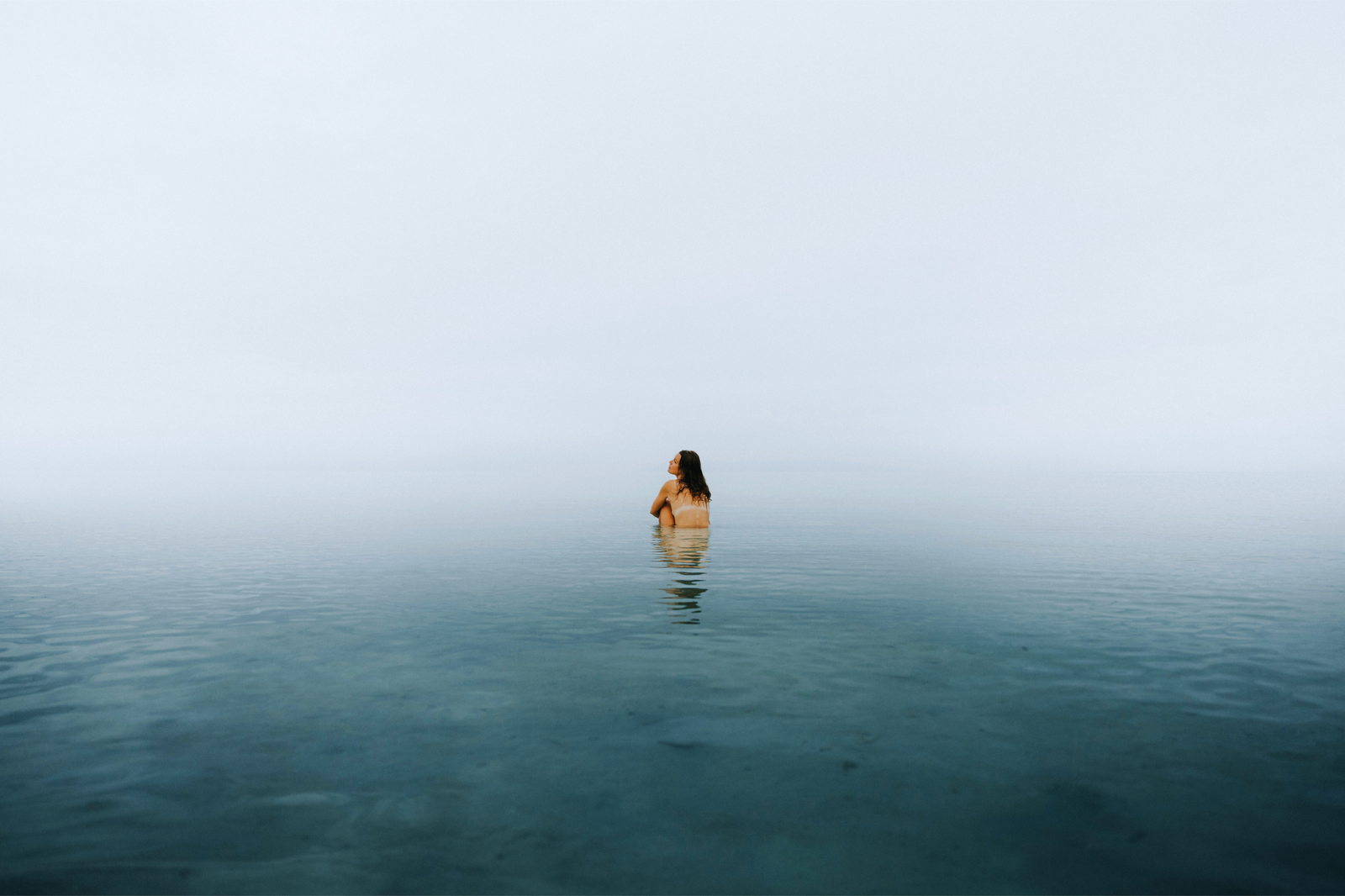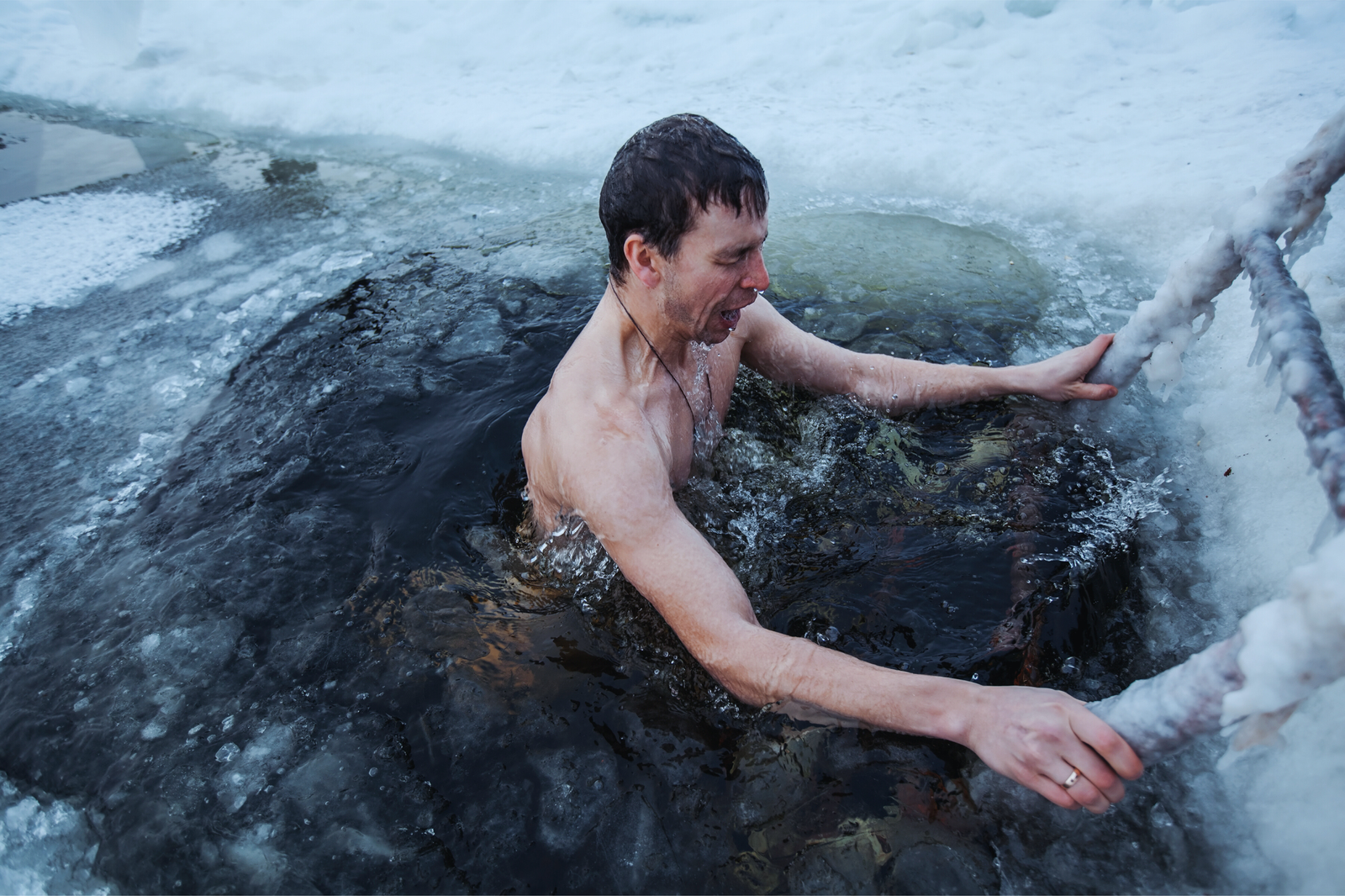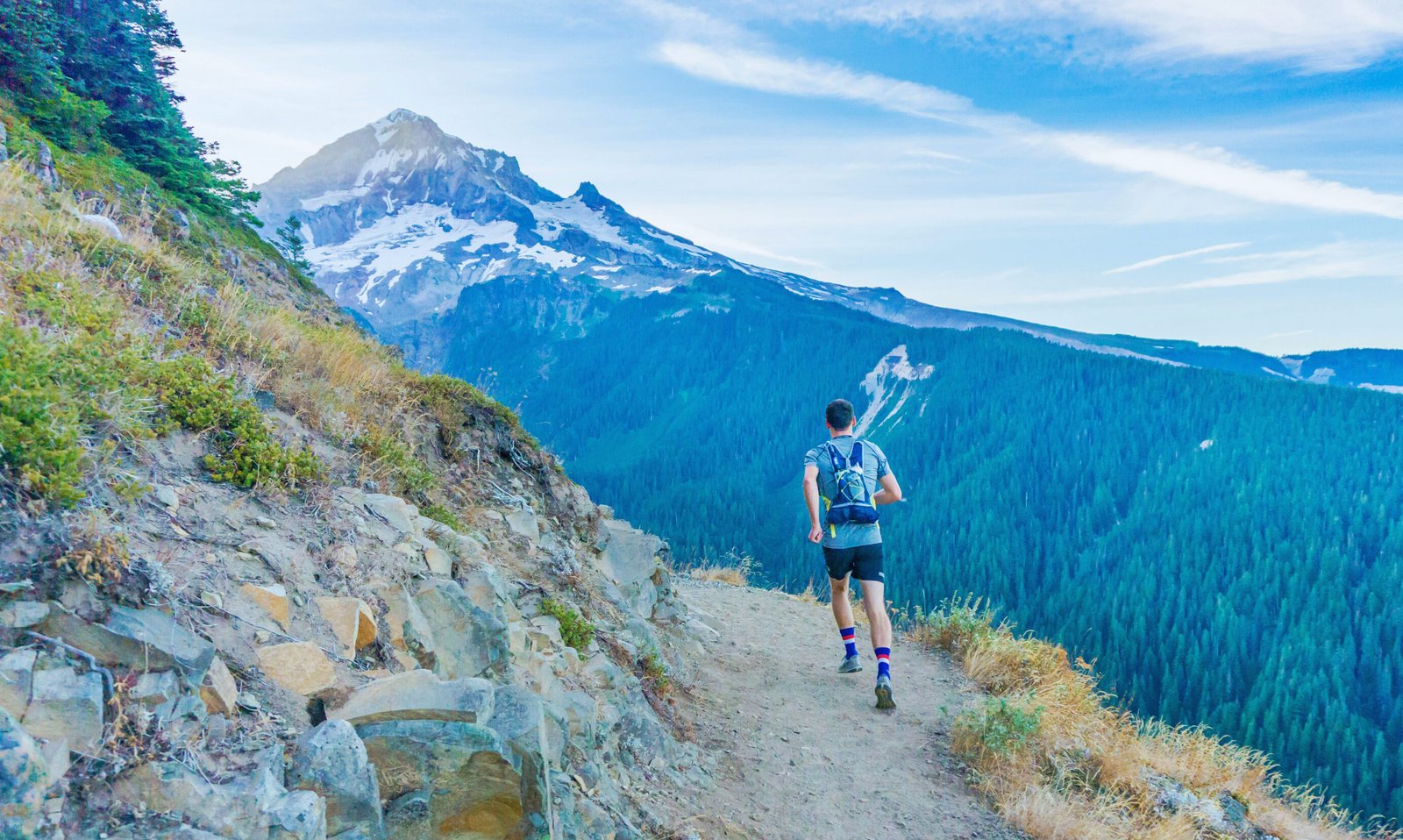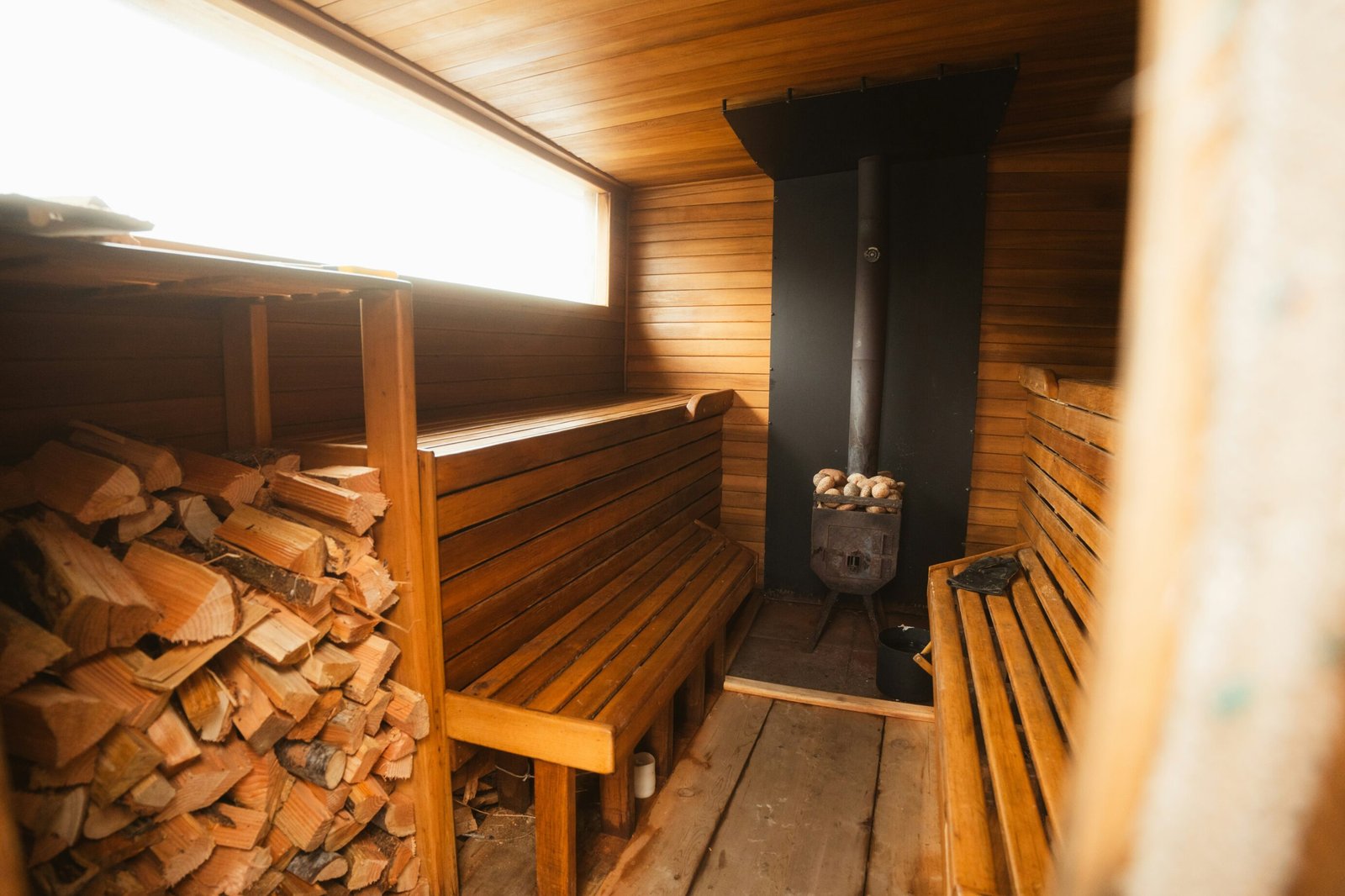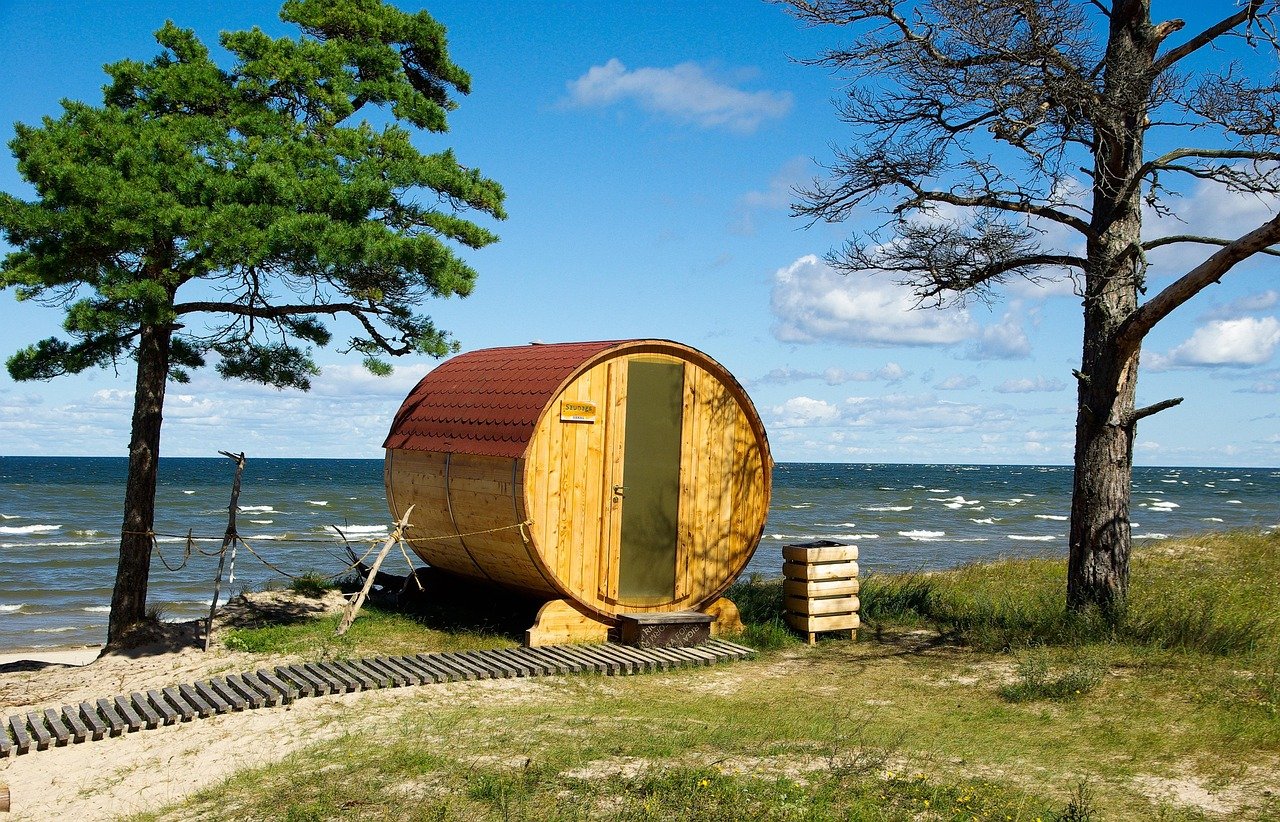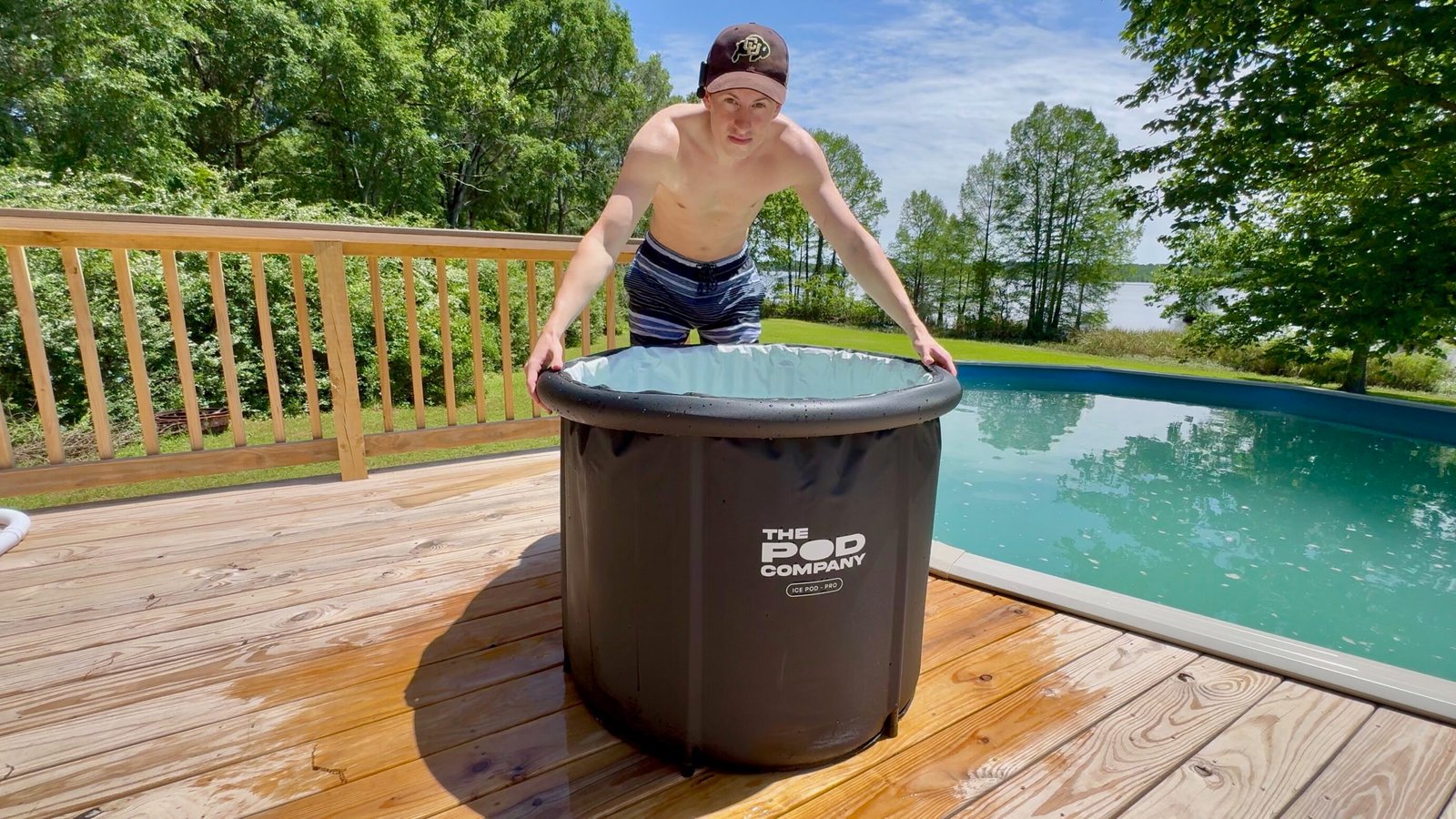Ozone Generator For Cold Plunge: Why It’s Better Than Chemicals
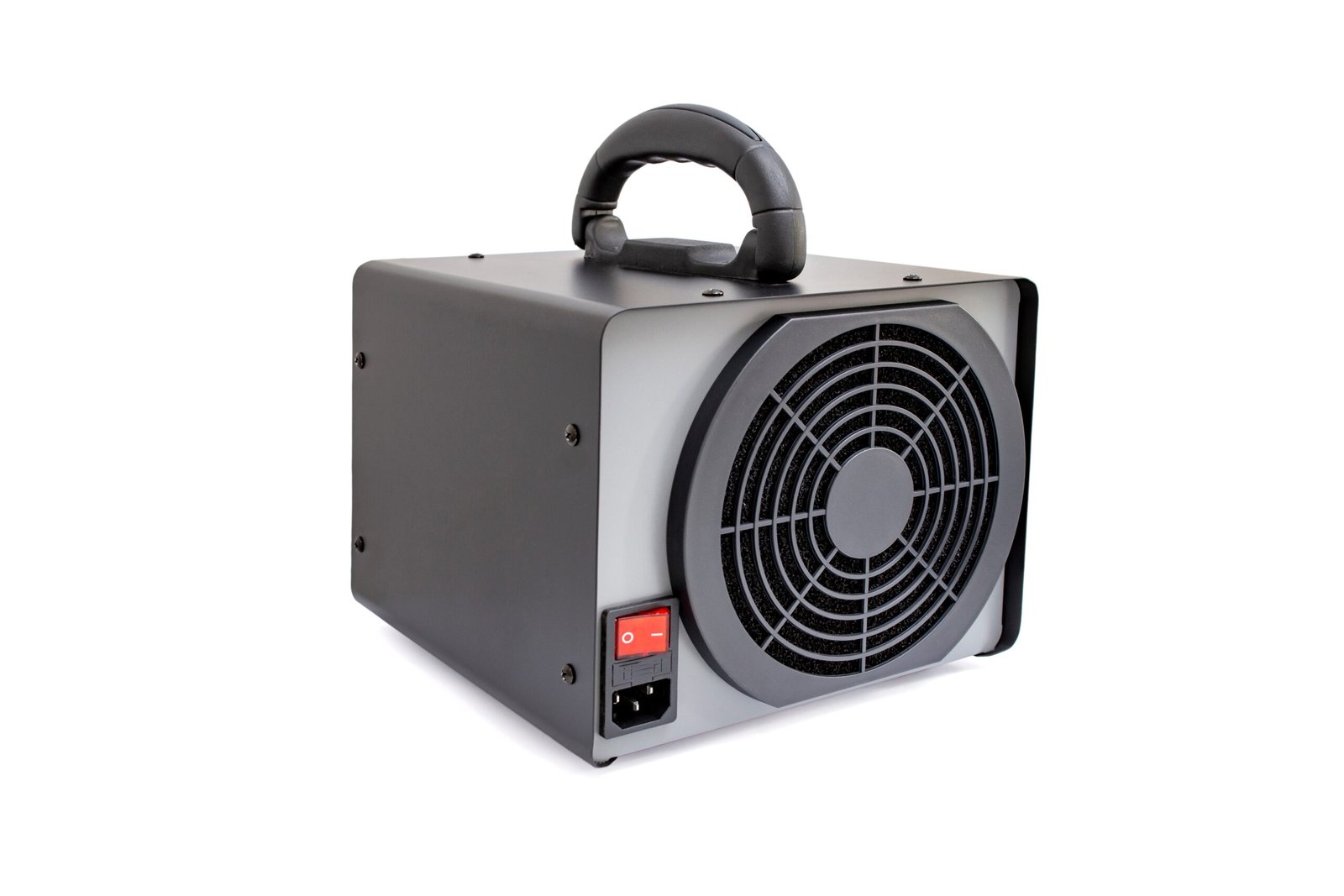
If you’re tired of cloudy water and chemical smells in your cold plunge, ozone filtration might be exactly what you need. It works best with a reliable water chiller to keep temperatures consistent and bacteria growth low.
An ozone generator for cold plunge setups is a better way to keep your water clean, fresh, and clear. Unlike traditional chemical treatments, ozone leaves no harsh residue, no lingering odor, and doesn’t irritate your skin. It simply purifies your cold plunge water and then disappears.
Let’s look at how it works and why it’s one of the easiest, most effective ways to keep your water clean.
Ozone Filtration vs. Liquid chemicals
Ozone filtration is a water purification method that uses ozone (O3), a naturally occurring gas, to clean and disinfect water. Unlike liquid chemicals, ozone generators create a potent oxidizing gas that destroys harmful microorganisms at their molecular level.
Ozone eliminates bacteria, viruses, and other pathogens, while also breaking down organic compounds, removing unpleasant odors, improving water clarity, and reducing impurities without leaving behind any chemical residue.
Chemical treatments leave odors, irritate skin, and require frequent water changes. With ozone filtration you’ll spend less time messing with your cold plunge and more time enjoying it.
How to Use Ozone Safely
Ozone generators create a gas that can be harmful if inhaled. Here’s how to use them safely:
- Only run your ozone generator when the cold plunge is not in use. The best time is at night, for 30 minutes to 2 hours, once or twice a week. Never occupy the area while it’s running.
- After the ozone machine finishes its cleaning cycle, wait at least 30 minutes before going back into the area. This gives time for the gas to disappear and makes sure the space is safe to enter.
- If your cold plunge is inside (like in a garage or gym), open windows and doors to ventilate the area before going back in. For outdoor setups, remove the lid and stand away for a few minutes to let the ozone gas escape.
Ozone has a unique smell that people often describe as sharp and clean. If you notice it, ozone is still in the air. In this case, keep the area well-ventilated and wait 5-10 minutes before cold plunging.
The American Lung Association recommends using ozone generators only in unoccupied spaces.
What to look for
Not all ozone generators are compatible with cold plunge setups. Make sure yours has these key features.
- Water Attachment – Make sure the ozone generator comes with a water attachment.
- Timer – Some ozone generators come with built-in timers that automatically turn them on and off. If yours doesn’t, consider purchasing a GFCI timer outlet so you don’t have to manually turn it on and off.
- Correct Output – You’ll need a specific ozone output per hour depending on the size of your cold plunge tub.
Ozone Sizing guide:
Size | Output |
|---|---|
50-gallon tub | 50-100mg/hour |
75-gallon tub | 75-150mg/hour |
100-gallon tub | 100-200mg/hour |
150-gallon tub | 150-300mg/hour |
200-gallon tub | 200-400mg/hour |
Sticking to the right output ensures your water stays clean without risking damage to your equipment.
What I recommend
It’s best to run your ozone generator at night when no one is using the cold plunge. Make sure to turn it off at least 30 minutes before you get in so the ozone has time to clear out.
If your cold plunge is inside, open a window or door to let in some fresh air. Ozone can hang around longer in cold rooms, so good airflow helps.
Also, check the seals on your cold plunge from time to time. This helps make sure the ozone stays where it should and doesn’t leak into the room.
Conclusion
If your cold plunge smells weird or looks cloudy, ozone filtration might be the fix you’ve been looking for. It keeps your water clean and fresh without using strong chemicals that bother your skin or leave behind a harsh smell.
Ozone works fast to kill germs and clear up your water, then fades away on its own. No extra cleanup. No strong odors. Just clean water that’s ready when you are.
When used the right way, ozone is a simple and safe way to keep your cold plunge in great shape.
Do you prefer ozone or liquid chemicals? Let me know in the comments below!
FAQs
Medical Disclaimer
The information contained in this post is for informational and educational purposes only. It is not intended to provide medical advice or to take the place of such advice or treatment from a personal physician. All readers/viewers of this content are advised to consult their doctors or qualified health professionals regarding specific health questions or before embarking on any new health or wellness routine, including saunas and cold plunging. Neither the author(s) nor the publisher of this content take responsibility for possible health consequences of any person or persons reading or following the information in this educational content. All viewers of this content, especially those taking prescription or over-the-counter medications, should consult their physicians before beginning any cold plunging routine or other health or wellness program.

